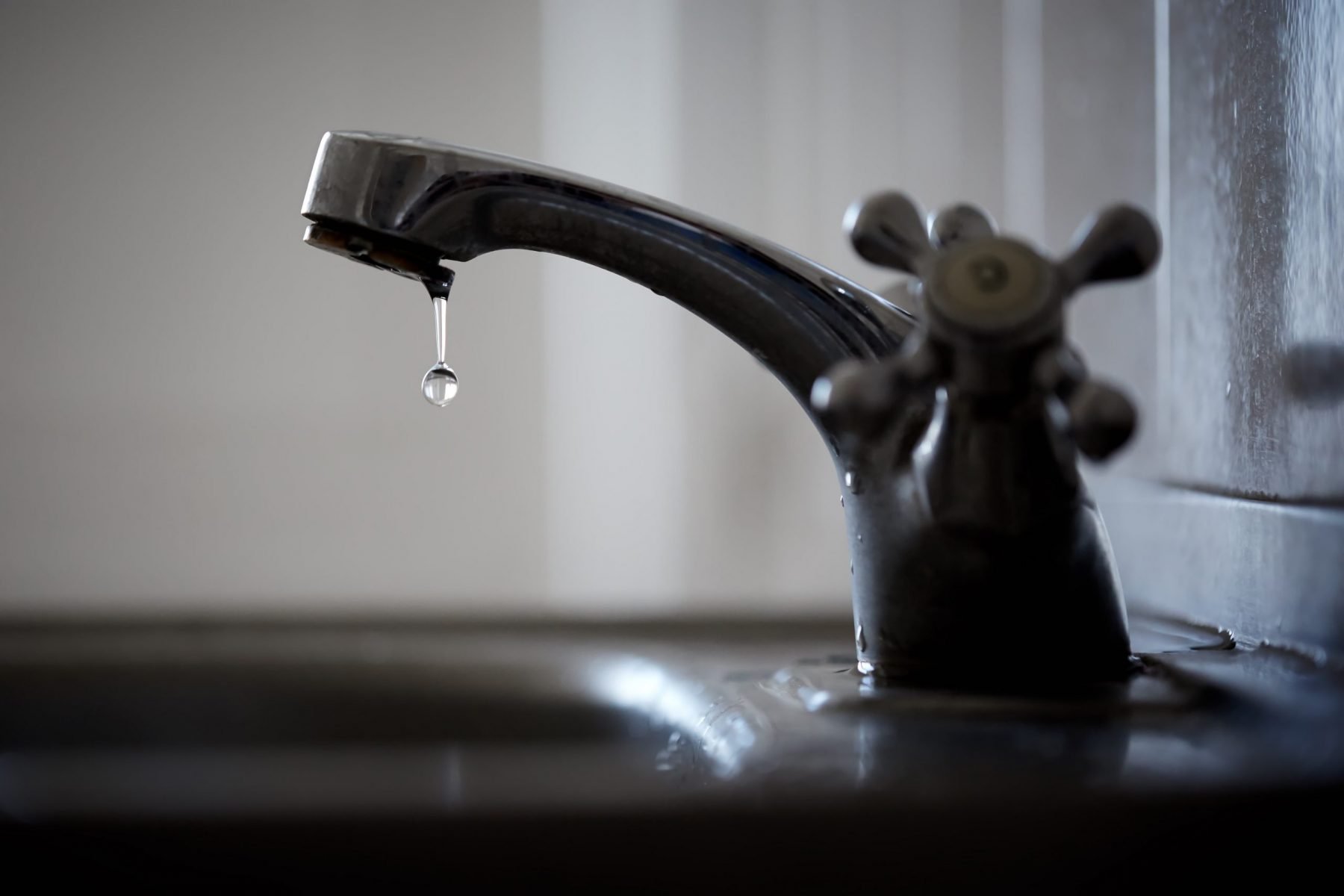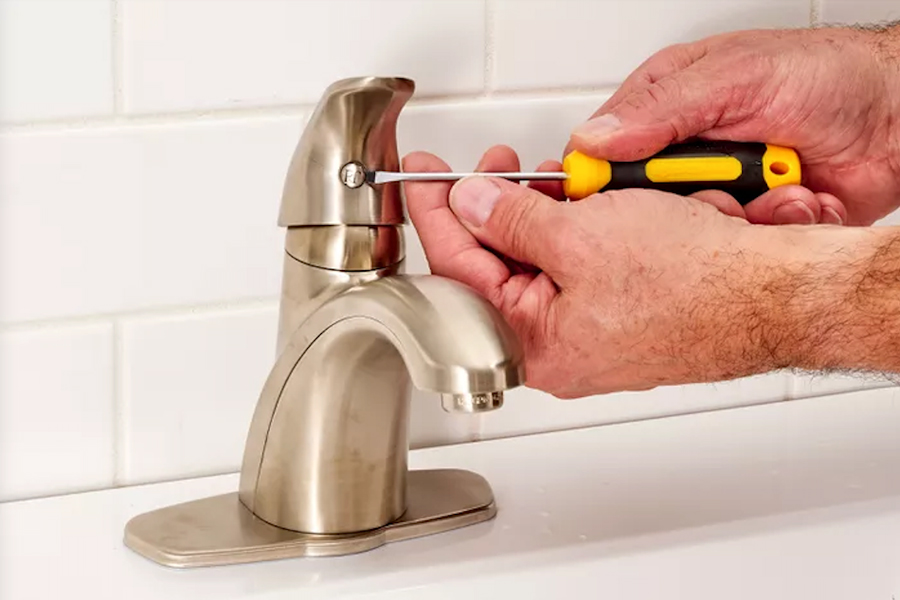This great article directly below about Potential Health Risks Associated With Leaky Faucets is really attention-grabbing. Don't miss out on it.

Intro
A leaky tap could seem like a small annoyance, however its repercussions expand far beyond the occasional drip. Recognizing the effects of a leaky faucet is critical for both homeowners and the setting. In this short article, we'll explore the numerous influences of this usual family issue and why resolving it without delay is essential.
Causes of Leaky Faucets
Leaky faucets can arise from a selection of elements, including wear and tear, high water stress, and corrosion. Over time, the constant use of faucets can lead to damaged seals and gaskets, creating leakages to create. Furthermore, too much water stress can put pressure on plumbing fixtures, causing leakages. Rust and corrosion can likewise damage faucet elements, making them prone to leakage.
Water Waste
One of the most considerable effects of a leaking faucet is water waste. Even a tiny drip can amount to gallons of drainage gradually. This not just drives up water bills yet additionally contributes to water scarcity and ecological degradation. Attending to leaking faucets immediately is vital for preserving this valuable resource and minimizing its impact on the earth.
Financial Influence
Along with wasting water, dripping taps can also have a considerable financial effect. Raised water costs are a straight repercussion of water waste, costing home owners numerous bucks annually. Moreover, the expense of fixing water damage caused by leakages can be considerable, specifically if left unattended for an extended period.
Environmental Effect
The ecological effect of leaking taps prolongs beyond water wastage. By conserving water, house owners can add to more comprehensive efforts to minimize water deficiency and safeguard all-natural communities. Sustainable options such as rainwater harvesting and water-efficient components can better decrease the ecological footprint of household water usage.
Technical Solutions
Innovations in technology have brought about the growth of wise taps and water-saving devices that help decrease water waste. Smart faucets make use of sensors to detect activity and change water flow as necessary, decreasing waste without giving up comfort. Water-saving tools such as aerators and low-flow showerheads are also reliable in conserving water without jeopardizing performance.
International Point of views
While dripping faucets may seem like a local concern, they contribute to broader worldwide challenges such as water shortage and climate adjustment. In areas currently dealing with water stress and anxiety, every decline counts, making leakage avoidance and repair work vital. By adopting water-saving techniques and buying lasting innovations, homeowners can play their component in attending to these pushing worldwide concerns.
Regulative Actions
Government guidelines play a vital duty in minimizing the impact of leaking taps and advertising water conservation. From developing codes that need water-efficient components to water-saving incentives and rebates, policymakers have a variety of devices at their disposal. By carrying out and enforcing these policies, governments can make sure that house owners focus on water preservation in their day-to-days live.
Area Influence
Resolving leaking taps needs collective efforts at the community degree. By raising awareness concerning the relevance of water preservation and giving sources for leakage detection and repair work, local authorities can empower homeowners to take action. Campaigns such as water-saving refund programs and leak discovery projects can incentivize actions adjustment and advertise accountable water usage.
Situation Studies
Real-life instances of the influence of dripping taps emphasize the value of positive upkeep and prompt repair work. From water damages to escalating water costs, the consequences of neglecting leakages can be severe. By sharing these case studies, home owners can better comprehend the relevance of resolving leaky taps without delay.
Educational Campaigns
Educational campaigns play a vital duty in elevating recognition regarding the effects of leaking faucets and promoting water conservation practices. Through workshops, seminars, and online resources, homeowners can learn exactly how to find and fix leaks themselves. By empowering people with understanding and devices, instructional projects can promote a culture of responsible water usage within neighborhoods.
Wellness Problems
Dripping taps can create conducive settings for mold and mold growth, posturing health risks to occupants. The visibility of mold and mildew can exacerbate respiratory concerns and allergic reactions, especially in susceptible individuals. Additionally, water damage arising from leaks can compromise the structural honesty of buildings and cause expensive repair services.
DIY vs. Specialist Repair work
When confronted with a leaky tap, property owners frequently dispute whether to try repairs themselves or employ a specialist plumber. While DIY repair work can conserve money, they might not constantly address the underlying issue successfully. Professional plumbing professionals have the competence and tools to detect and fix leaks properly, ensuring long-lasting remedies and assurance for house owners.
Preventive Measures
Preventing leaky faucets calls for routine maintenance and positive steps. Easy jobs such as replacing worn-out washers and seals can stop leaks from establishing. In addition, updating to premium fixtures and lowering water stress can aid extend the lifespan of taps and lessen the risk of leakages.
Final thought
Finally, the results of a leaky faucet extend much beyond the periodic drip. From water wastage and raised water bills to health and wellness worries and environmental effect, the repercussions of neglecting leaks can be significant. By attending to leaky taps without delay and taking on water-saving methods, homeowners can reduce these effects and contribute to a more sustainable future.
Why You Shouldn’t Ignore a Leaky Faucet in Your Home
What Causes a Leaky Faucet?
Various factors can cause a leak, from loose and worn-out parts to corrosion. Your faucet has four essential components from which most plumbing issues will stem: the O-ring, the valve seat, the washer and the gasket.
What Is an O-Ring?
The O-ring is a stem screw that fastens parts of the faucet in place, preventing water from leaking out of the spout. Depending on your faucet type, the stem might have multiple O-rings. Water will drip from the faucet’s handles and base if this part breaks or deteriorates.
What Is a Valve Seat?
The valve seat controls the flow and temperature of the water. Found at the base of the handle, it works as a seal for the faucet’s stem. The valve seat ensures the water is allowed to flow or is blocked as the handles dictate. You’ll know it’s malfunctioning when water leaks from your faucet’s sides.
What Is a Gasket?
The gasket is found between the water inlet and the valve stem. It creates a seal between the faucet and the sink, holding its joints by aerators attached to the stem’s head. Water will trickle out from the base if the gasket isn’t working.
What Is a Washer?
The washer secures the handles and prevents leakage, serving a similar purpose to the O-ring. While the O-ring is ordinarily round and made from an elastic material, such as rubber, the washer is square-shaped and composed of brass, copper and other hard metals. If it malfunctions, corrodes or has been improperly installed, water will leak out of the handles, causing that incessant faucet drip.
Why Is a Leaky Faucet Dangerous?
A leaky faucet left alone for too long can have significant consequences.
Pest Infestations
Since bugs and rodents gravitate towards the scent of water, a leaky faucet will draw pests to your sink. Both are looking for leaks accessible through crawl spaces, which a faucet provides. If you leave water dripping for too long, you run the risk of an infestation.
Rust
If one of the faucet parts has started to corrode, the resulting rust can spread to your pipes and valves with startling speed. The rust might even lead to cracks or other impairments, resulting in more severe plumbing issues.
Your sink could also sustain damage from a leaky faucet. The water in your tap possesses sparse elements of calcium and iron that can stain your sink with repeated and prolonged exposure. Once those elements in the water have been open to the air for some time, your sink will start to rust, creating marks that can be difficult to remove.
https://www.tomsmechanical.com/blog/why-you-shouldnt-ignore-a-leaky-faucet-in-your-home

I'm just very excited about Here's How to Fix a Leaky Faucet and I hope you enjoyed our entry. Those who enjoyed reading our page please don't forget to share it. I am grateful for your time. Kindly pay a visit to our blog back soon.